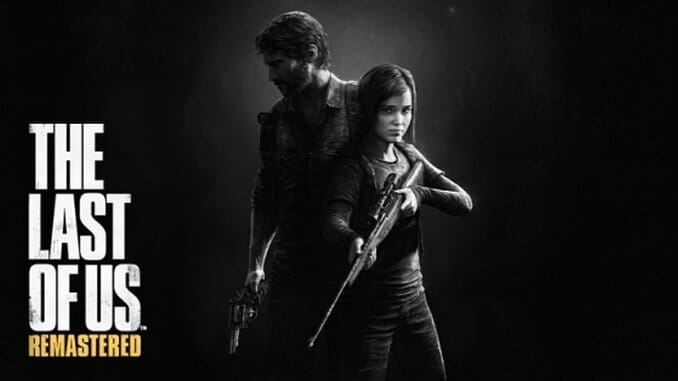The Last of Us: Remastered (PS4)

I was anticipating The Last of Us: Remastered Edition because I had softened on it. I had played the game when it was originally released, and I had come away nonplussed, believing that the game was mostly a further entrenchment of stale plot points and values packaged in a difficult and unrewarding set of mechanics. I wanted to like it, even love it, and yet there was nothing I could do to make it work for me.
There’s bitter irony to what happened, I guess, because time went by and The Last of Us went out of my mind and before I knew it I was in a place where I was bringing it up in casual conversations. I was talking about the ending. I was trying to parse my severe and negative reaction to the game. Much like the vines of the cordycept-infested world of The Last of Us, my memory of what I had experienced began to cover over what I had actually felt in the moment, and so when the new version of the game was announced, I was ready for it again.
I avoided playing “the game” at first. This is a strange way of going about things, I realize, but there was something about the weight of it that kept me from starting it up again. I knew I would watch characters die. I would have to sit through plot points that didn’t resonate or went on too long, and worse, I would have to slog through sewer levels over and over again to reach the plot points that mattered. My memory had papered over the game’s flaws, one of which is its interminable length, and when I was faced with the menu screen, I turned away.
I played “Left Behind,” originally a downloadable mission that fills in some of the back story for Ellie, a protagonist of the game, which is included in the PS4 version. I watched her grow as a person and find love at the end of the world. There was a water gun fight. There was a photo booth where I chose what kind of silly face that Ellie would make. Then the game remembered what genre it was—the running zombies appeared, bad things happened, and it ended on a heartbreaking beat that feels just short of cheap.
I watched Grounded: The Making of The Last of Us, a documentary included on the disc about the creation of the game. It features interviews with Naughty Dog developers and actors, and it gives a look behind the curtain of development in order to show what kind of process was involved in the process of crafting a game as massive as The Last of Us. I supplemented this by listening to the commentary tracks provided for each of the game’s cinematic sequences that feature the insight of creative lead Neil Druckmann and voice actors Ashley Johnson and Troy Baker.
I was intrigued by these visual and audio special features because they provide a particular insight into some of my core problems with The Last of Us as a game. In one point during Grounded, Druckmann explains why the infected exist in the game, stating that “a lot of storytelling happens on the joystick,” and because of that there needs to be an active enemy for characters (and therefore players) to react to. The problem with this is that very little of the storytelling actually takes place there. It mostly occurs during cinematic scenes where Joel and Ellie either talk to one another or secondary characters, and the most important plot beats seem to actively avoid happening “in game” in favor of cut-scenes. Every major plot point happens as far away from the joystick as possible, and it turns the drama of the game into a “sit back and watch it” experience. It becomes like watching a movie, but because The Last of Us is a videogame, it is impossible for it to fully lean into its cinematic qualities. What we’re left with is a long, drawn-out journey where Joel and Ellie emotionally mug for the camera while I wait to walk through more chest-high water while avoiding clickers. It does not make for a fun experience.
